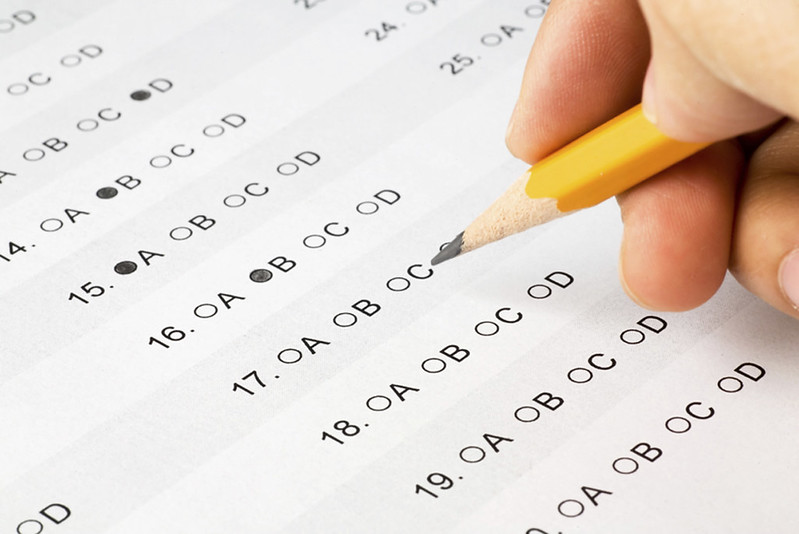Education is the key to unlocking academic excellence and success, but today’s emphasis focuses on standardized testing. Recent results from the National Assessment of Educational Progress’ Mathematics and Reading Assessments led to public outcry due to the persistent decline in scores. Despite the nation’s efforts to “get back to normal,” something is going south.
In the past 10 years , NAEP scores for Black, Hispanic and economically disadvantaged students significantly decreased, indicating a strong racial, ethnic and economic segregation in education.
This raises questions of whether standardized tests are affected by non-academic factors that discriminate against disadvantaged students.
The origins of standardized testing are rooted in the eugenics movement of the early 20th century when psychologist Carl Brigham designed an intelligence test to select white military officers because of the “declining American intelligence” due to “racial mixing.”
These tests later became scientific instruments to declare poor, marginalized and non-white children as “mentally inferior.”
Best-selling racial justice advocate Ibram X Kendi qualifies these tests as “the most effective racist weapon ever devised to objectively degrade Black and Brown minds and legally exclude their bodies from prestigious schools.”
The education reform in 1983 whitewashed their supremacist past, declaring them measures of achievement and academic excellence. Therefore, one would reasonably expect the standardized test to reflect students’ performance and learning. Yet NAEP shows these tests better reflect the student’s upbringing and family income, with better scores significantly correlated with parents’ educational level and socio-economic status.
This is not unique to the NAEP scores — for any standardized test, students from disadvantaged backgrounds fall toward the bottom of the scale.
A Harvard University study showed how high family income drives higher SAT scores and boosts acceptances and college graduation rates.
Alarmingly, a paper from Opportunity Insights, comprised of researchers and policy analysts, found that children of the wealthiest 1% of families were 13 times more likely to score higher on the SAT than those of low-income families.
The discriminatory nature of standardized tests is not confined to the United States. Although in Switzerland these tests are promoted as tools to progress the highest achievers towards university, the objective of Swiss education “is in the best interests of employers,” so the tests are in fact used to steer 85% of secondary school students to the blue-collar needs of the economy.
For the same educational achievement, children of immigrant and low socio-economic status are five times less likely to be eligible to progress toward higher education.
Standardized tests are promoted as a colorblind means of challenging inequality and thus a once-in-a-lifetime opportunity for disadvantaged students to show who they really are. Naturally, given the objectivity of the standardized tests, any failures follow the “blame the victim” mentality, where lower scores are attributed to the lack of personal effort and to the broader socio-cultural differences.
Still, the consistent scoring gap for minorities raises concerns about whether the test itself may be inherently biased.
Touro Law Center professor Harvey Gilmore highlighted how his scores were low because standardized exams are “rigged” against minorities in an article in the Touro Law Review: “If … I cannot get into any college because I missed too many SAT questions on regattas, golf, and tennis, then that is just unfair, unconscionable, and criminal,” he wrote.
While the noble value of standardized tests might be a captivating argument to motivate students to do their best, deception is painful when learning how they uniformly discriminate against disadvantaged students.
Almost a century has passed since the emergence of standardized testing — since then, America has lived through two World Wars, quadrupled in population and, most importantly, expanded people’s rights.
But somehow, the standardized tests grew further as supremacist tools under the veil of stylistic edits, hindering quality education for minority and disadvantaged students.
The original objectives of standardized testing no longer apply today and an educational reform shifting the focus on students is long overdue.








